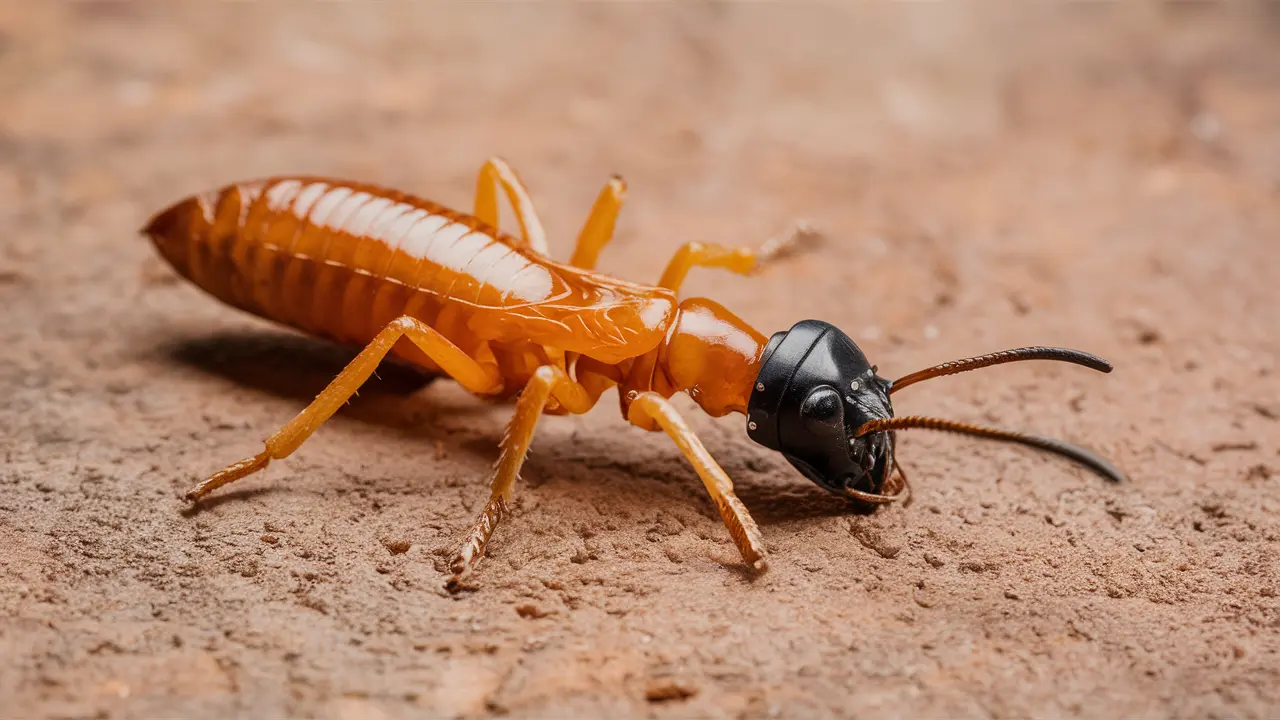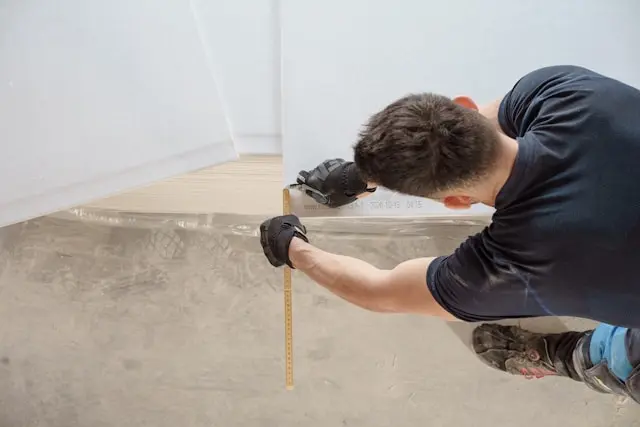Termites can cause extensive building damage, leading to costly repairs and structural issues. Although tiny, these pests work collectively, rapidly destroying wood structures. Homeowners need to be vigilant and proactive in preventing and controlling termite infestations. Understanding their habits, recognizing signs of an infestation, and implementing preventive measures are critical to safeguarding your property. Effective termite control strategies start with a comprehensive prevention and early detection approach. By maintaining vigilance and being prepared, homeowners can effectively mitigate the threat posed by these pervasive insects.
Recognizing Signs of Termites
Termite control relies heavily on early detection to minimize damage. Common signs of termite activity include mud tubes on exterior walls, wood that sounds hollow, and discarded wings near windows and doors. These mud tubes, which termites use to travel between their colony and food sources, are often the first visible indication of an infestation. Additionally, the hollow sound when tapping on wood suggests that termites have eaten away the inside, leaving only a thin veneer. Since termites need moisture to survive, your home’s damp regions are especially vulnerable to termite infestations. Regular inspections and understanding of these signs can help early detection and prompt action. Homeowners should routinely inspect their property, paying particular attention to basements, crawl spaces, and other areas where moisture is prevalent.
Home Remedies and Treatments
Several natural and chemical treatments are available to address termite issues. Natural methods, such as using orange, neem, and diatomaceous earth, can be adequate for minor infestations. For example, orange oil contains d-limonene, which is toxic to termites on contact, while neem oil disrupts their reproductive and molting cycles, gradually eliminating them. Chemical treatments, like termiticides and bait systems, provide a more robust solution for severe infestations. Termiticides create a barrier around your home that kills or repels termites, and bait systems use poisoned bait to eliminate the entire colony. Considering the advantages and disadvantages of each strategy in light of your specific requirements and living space is crucial. Natural methods are generally safer for the environment and human health, while chemical treatments offer more immediate and long-lasting results. Implementing the best practices for termite prevention alongside these treatments can ensure comprehensive protection for your home.
Conduct Regular Home Maintenance
Maintaining your home is one of the most effective ways to prevent termite infestations. Here’s a simple checklist for homeowners:
- Seal the gaps and fissures in the walls and foundation. Even the most minor cracks can allow termites to penetrate your home.
- Ensure proper drainage around the home to prevent water accumulation near the foundation, which attracts termites.
- Keep gutters clean and functioning to ensure rainwater is directed away from your home.
- Store firewood and other wooden materials away from the house, as they can attract termites.
- To lower humidity levels, seal leaky pipes and ensure crawl spaces and attics have enough air.
Taking these precautions may significantly lower the likelihood that termites will cause issues in your house. Routine maintenance helps in termite prevention and keeps your home in excellent condition, enhancing its overall value and longevity.
Professional Pest Control Services
While DIY methods can be effective, consulting professional pest control services is often the best action for severe infestations. Professionals have the expertise, tools, and treatments to eliminate termites and prevent future infestations. They can conduct thorough inspections to ascertain the extent and source of the problem, ensuring that no termite colony is left untreated. Regular inspections by professionals can detect termite activity early on, saving you from costly repairs. Moreover, professional services offer customized treatment plans tailored to your home’s unique needs, providing a more comprehensive solution to termite problems. In addition to treating current infestations, this strategy puts preventative measures in place to keep termites away in the future.
Importance of Wood Treatment
Termite infestation danger can be considerably decreased by treating the wood in your house. Pressure-treated lumber, wood sealants, and borate treatments create a barrier that termites find challenging to penetrate. Pressure-treated lumber is infused with chemical preservatives that make it resistant to termite and fungal decay. Wood sealants form a protective layer, preventing moisture from penetrating the wood and making it less appealing to termites. Borate treatments, in particular, are highly effective in protecting wood from termites and other wood-destroying organisms. Ensuring that wooden structures are treated and maintained correctly can extend the life of your home and prevent termite damage. According to an article on wood treatment, treating wood can increase its resistance to pest infestation by up to 50%. This enhanced resistance provides a long-term solution to termite issues, protecting your home for years.
Managing Moisture Levels
Termites thrive in moist environments, making moisture control critical to termite prevention. Moisture creates an ideal breeding ground for termites, enabling them to establish and expand their colonies more effectively. Ensure that your home is well-ventilated and that moisture levels are maintained. Installing dehumidifiers in damp areas, fixing leaks promptly, and maintaining proper drainage can make your home less attractive to termites. Additionally, using waterproof barriers and vapor shields in basements and crawl spaces can reduce moisture levels. Regularly checking and maintaining your home’s plumbing system can prevent unnoticed leaks contributing to increased humidity. Addressing these moisture issues creates an environment less conducive to termite infestations, significantly reducing the overall risk.
Conclusion: Stay Vigilant and Proactive
Preventing and controlling termite infestations requires consistent effort and vigilance. Understanding termite behavior, identifying infestation signs, and taking preventive measures are vital to protecting your property. Regular maintenance, effective treatments, and consulting professionals when necessary are essential. Stay informed and proactive to keep termites at bay, ensuring your home’s longevity and safety. Adopting a proactive approach and taking timely action can safeguard your home against termite damage, preserving its structural integrity and value. Refer to the “Checklist for Buying or Selling a Home: Key Features to Check” to ensure you cover all critical aspects.



